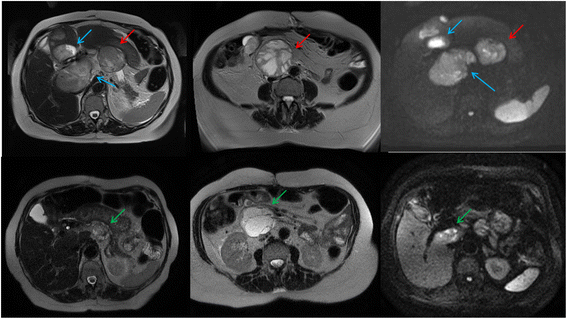An uncommon response to metronomic therapy in a heavily pretreated patient with metastatic carcinosarcoma: a case report
- PMID: 26971567
- PMCID: PMC4790046
- DOI: 10.1186/s13256-016-0837-3
An uncommon response to metronomic therapy in a heavily pretreated patient with metastatic carcinosarcoma: a case report
Abstract
Background: Uterine carcinosarcoma is well known for its aggressive behavior. There is little evidence regarding the gold standard combination chemotherapy in metastatic or locally advanced carcinosarcoma, due to poor survival outcomes obtained with conventional scheduled chemotherapy. This case report represents the first-ever reported objective response to a metronomic chemotherapy regimen and adds to the current literature.
Case presentation: We describe a case of a Caucasian woman diagnosed with metastatic carcinosarcoma that had already been treated with multiple lines of conventional chemotherapy, with progressive disease. This patient had a surprising clinical and imaging response when treated with oral metronomic cyclophosphamide.
Conclusions: We reviewed the mechanism of action implicated in metronomic chemotherapy, and correlated it with the biology of disease in carcinosarcoma. This information may add to the current literature, providing important insights to future clinical trials in this patient population.
Keywords: Antiangiogenic therapy; Metronomic chemotherapy; Uterine carcinosarcoma.
Figures

References
-
- Arend R, Doneza JA, Wright JD. Uterine carcinosarcoma. Curr Opin Oncol. 2011;23(5):531–6. - PubMed
Publication types
MeSH terms
Substances
LinkOut - more resources
Full Text Sources
Other Literature Sources
Medical

